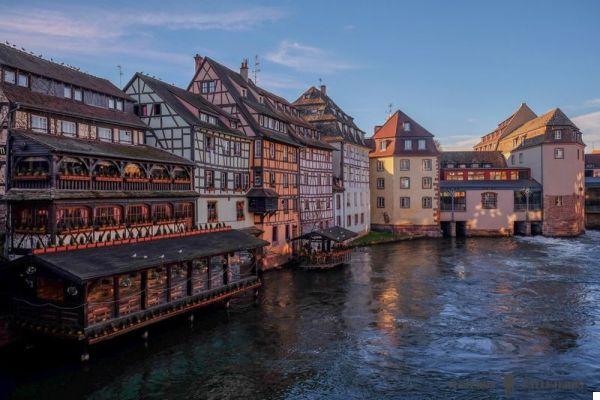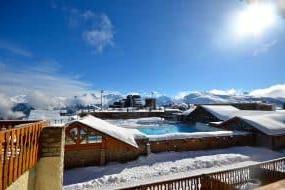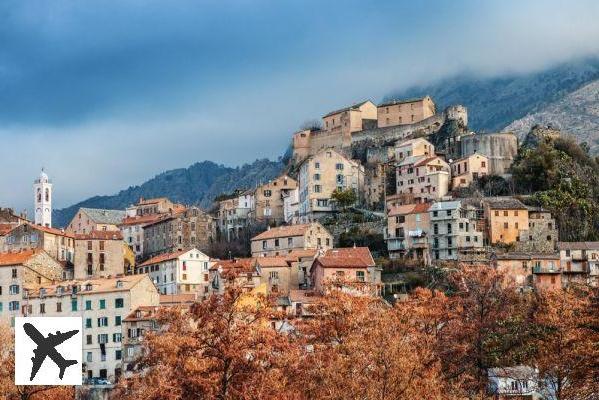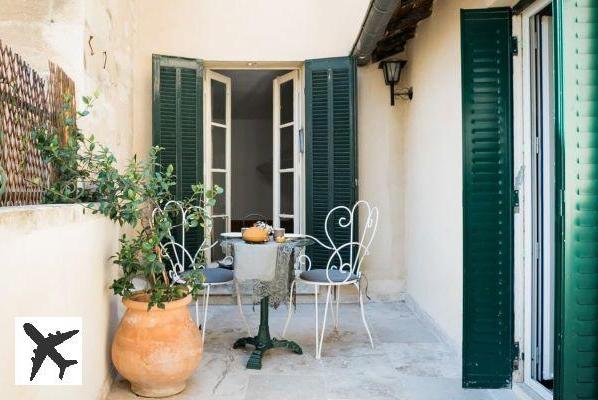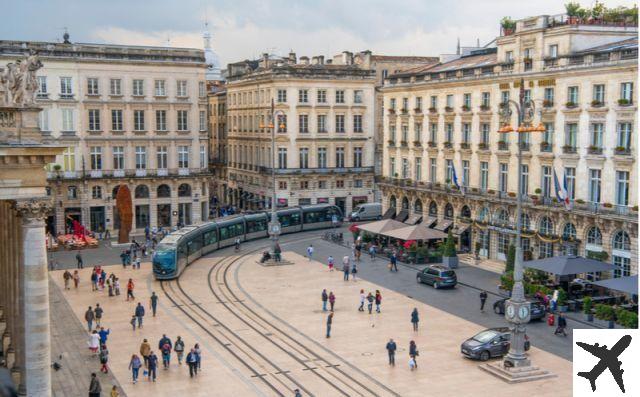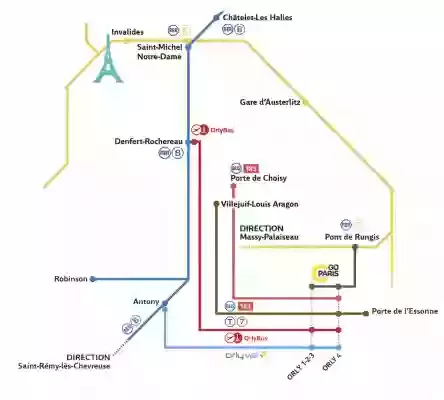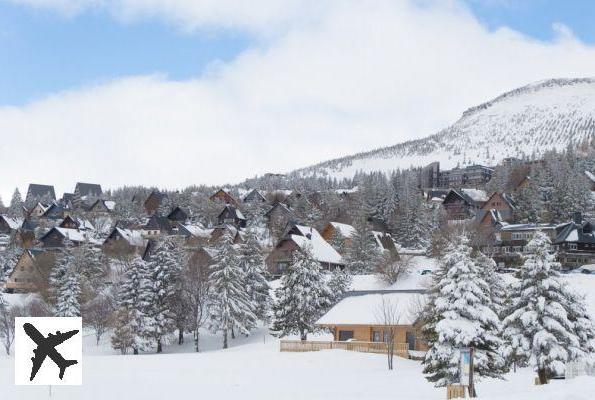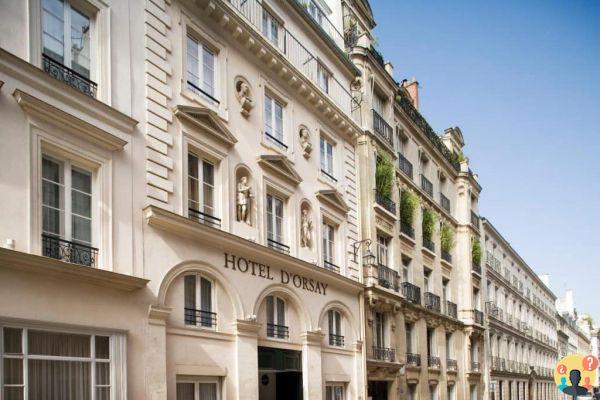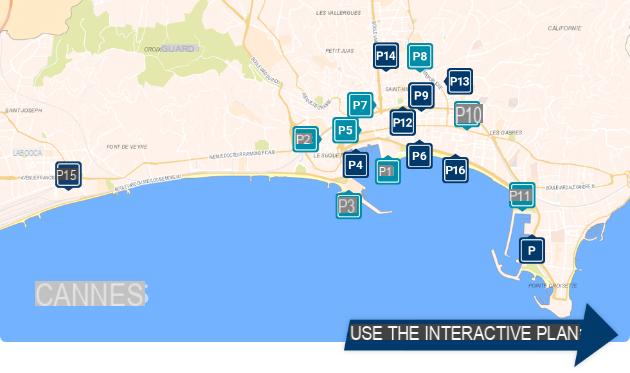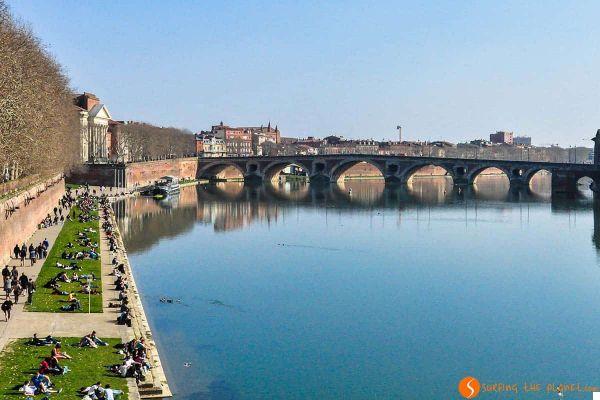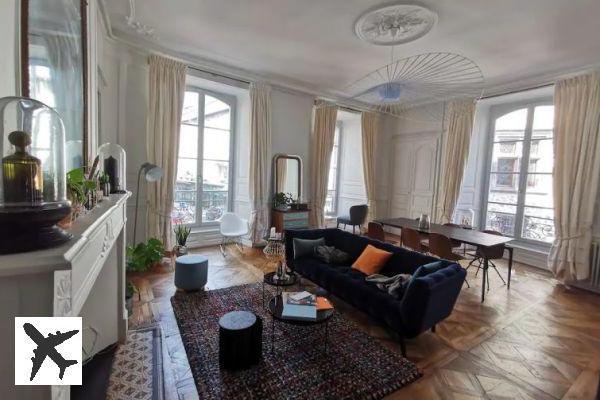The French capital offers one of the most complete public transport networks in the world, here are tips on how to get around Paris.
It is true that one of the most enjoyable things to do in Paris it's walking, but unfortunately, time is often short and we need to make the most of it to enjoy the trip. Like London, Paris offers convenience to its visitors, with a transport system extremely efficient and that covers the so-called “Parisian region” (the cities located in its surroundings, or banlieu in the local language).
See different ways to how to get around in paris:
SUBWAY
O Parisian metro it is one of the oldest in the world, with over 300 stations and you can basically get to anywhere in the capital without ever having to walk far to find a station. Uh la la, tell me more about it! Well, there are 16 subway lines (numbered 1 to 14, 3 bis and 7 bis), each with a corresponding color and that run in two directions indicated by their final station (ex: line 2, Blue, Pte Dauphine/Nation ). In addition, all stations feature maps of the metro network, their location in the city (fundamental when a station has more than one exit), and are well signposted when there are connections to other lines.
O subway operates daily from 6 am (around) until 00:30 am – times vary depending on the departure station, but that's about it. Frequency is very high during the week, with short intervals between trains, but on Sundays and holidays it decreases. On each platform there is a kind of small television indicating the waiting time for the next trains and on many lines there is an oral announcement informing each stop.

Cada subway ticket It costs €1.80 and is for one trip only (including connections), or you can opt for the 10-ticket “carnet” at a promotional price of €14.40. It is important to note that the ticket should NOT be thrown away until the end of the journey, as it is necessary to reinsert it in the machine on many departures, in addition to any checks carried out by RATP (metro and RER company) employees. There are different types of passes, and if you're staying in Paris for a week or more we highly recommend taking the pass Navigo, which can be weekly or monthly – but for it you will need a photo (passport size, in several stations there are cabins) – with reduced prices and varying according to the coverage areas (most tourists usually only need a pass for zone 1 and 2). It is also important to remember that Navigo includes other transport and not just the metro!
Another interesting option, especially for first-time sailors, is the Paris Pass Lib' which offers a combination of tourist attractions with public transport, Seine cruise etc, and can be purchased for 1 day (mini), 2, 3, 4 or 5. More information here.
RER
Another very popular way of how to get around in paris and surroundings is through the RER, a kind of express train that can also pass on some underground routes. The RER is very efficient, working within Paris (with the subway ticket) but also in the outskirts of the city – in the latter case, you also need a ticket corresponding to the zone in question. Its prices are identical to the metro and your ticket covers your entire journey including metro connections within Paris (Zones 1 and 2). Its lines are “named” with letters, for example: RER A takes you to Disneyland in Paris, RER B to Charles de Gaulle Airport and RER C to Versailles. You can access the map of the metro, RER and regional trains, here.
TRANWAY
O Tranway is controlled by RATP, being composed of 7 lines and 187 stations spread over a total of 105 km. All its lines begin with the letter T, for example, T2 runs from Pont de Benzons to Porte de Versailles, via La Défense. It's the first french transport network reaching 100km and the third European network in terms of travellers. RATP says the Tranway offers the speed and regularity of the subway with the comfort of a bus ride. I personally think it's a little slower than the subway, but it works just fine! You can find maps for each of its lines here.
TRANSILIAN
O Transilien is more of a regional express train on the surface that covers the Paris suburbs and some key stations in the city. There are a total of 8 lines that, with the exception of line U, depart and go to the major Parisian stations. For example, to go from my house to work, I take the L in Saint-Cloud, a banlieu in Paris, and go to Saint-Lazare, in the capital. You can see each line in detail here.
BUS
The buses also work with the same subway tickets (or Navigo pass) or by paying the driver directly – but in this case, you need to have the ticket price correctly. Usually the bus it has no limit on distance travelled, ie zones, and therefore includes the suburbs in its ticket (except for the night bus called Noctilien). On the bus, tickets are valid for individual journeys, that is, without connections: if you need to take a second bus to complete your journey, you will have to buy a new ticket or make the connection using another means of transport. For this reason, when moving around Paris it is extremely advantageous to have a Navigo or some other type of Pass that allows free transit in the city.
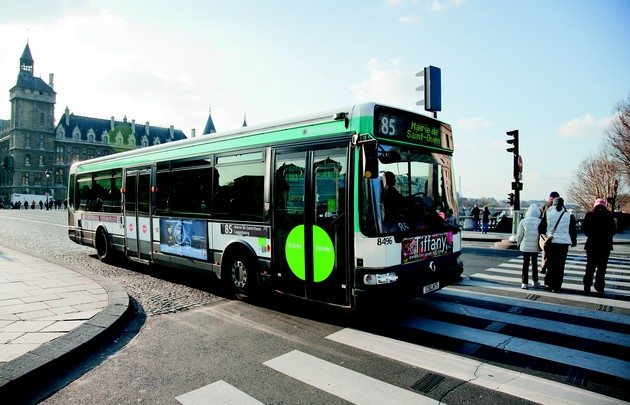
NOCTILIEN
It is a night bus service available on the Île-de-France through which 47 lines run from 0:30 am to 5:30 am. In Paris its network is articulated around the stations with the highest number of correspondences: Châtelet, Montparnasse, Gare de l'Est, Gare de Lyon and Paris Saint-Lazare, and all RER stations are serviced by the Nocturnal. Despite its relatively good functioning, the frequency is not so intense so I suggest that you inform yourself exactly about your schedule so you don't have to wait too long in the dead of night #ficaadica
To access the map of the Noctilien Network click here.
TIP: if you seek how to get around in paris it is extremely useful to verify the operation of the lines in the RATP and SNCF transport networks. Both have mobile applications and allow you to check the routes in real time, find out about possible changes or disturbances on the lines, in addition to providing interactive maps.
Finally, you can check in this single link a map of all public transport networks. Now it's easy to know how to get around in paris, hein! ?
Paris travel insurance
Having travel insurance for France is a requirement to enter the country, which is part of the Schengen Treaty and requires medical and hospital coverage of at least €30 for travelers. In addition to being mandatory, insurance is a great way to ensure a smoother trip. Also enjoy our Insurance Promo discount coupon. - SEE PRICES
Read more about Paris:
- What to do in Paris – 2-Day Itinerary
- 12 Paris Sights to put on your itinerary
- Where to Stay in Paris – Complete Guide Neighborhood by Neighborhood
- Where to Eat in Paris – Tips for 10 Must-See Restaurants
- Honeymoon in Paris – How to Plan an Unforgettable Trip
- Disneyland Paris – Complete Guide to Living the Magic of Disney
- EURODISNEY – What You Need to Know Before You Go
- How to go to Versailles – Everything you need to know
- Discover the Beauty of Parisian Cemeteries
- 5 Best Places to Watch the Sunset in Paris
- Travel Insurance France – Find Out How To Find Great Prices
- Travel Insurance for Europe – Which to Choose?
Plan your trip:
Get started now by booking your Paris hotel on Booking.com
Save, hire your travel insurance at Seguros Promo and guarantee 5% off with the coupon - FORTRAVELOVERS
Want to find cheap tickets? Find flights with discounts of up to 35% on Promo Tickets!
Rent your car at Rentcars! Installment up to 12X, paying in reais and without IOF!
Leave España with unlimited 4G Internet!
Skip the lines, buy your tickets to the main attractions in Paris here!





